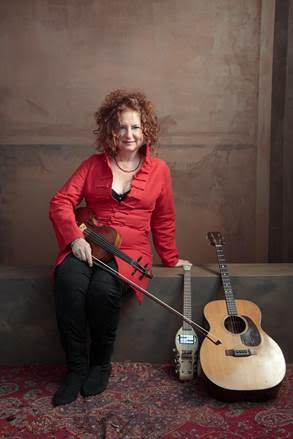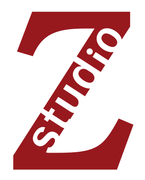
Amazingly this is the 12th year of the series. The Salons began as a way to explore how artists interpret or come to terms with the world that we all live in. What are their methods to grapple with an idea? How do they develop their art work? What inspires it? What technologies do they use? Different Salons generate different questions, of course. There have been forty-five Salons to date, investigating dance, photography, slam poetry, popular music, puppetry, glass arts, fiction, multimedia installation, film, architecture, theater, painting, video, non-fiction, and interdisciplinary work too. It turns out that the arts-loving public is hungry for these intimate conversations. I call it “lifting the veil.”
How is this different from an artist’s talk?
It’s meant to be a dialogue, not an information dump. One or two artists present some of their work, and a dialogue partner (aka moderator) starts to stir the conversational pot with them. The Salons are always built around an idea and are meant to be public conversations in which everyone in the room walks out having learned something, including the artists. The format is simple and dynamic, and the audience plays a big role in the conversation. I like to say that the best idea in the room is usually sitting in the audience.
Tell us about Lisa Gutkin and how you became familiar with her work.
I first encountered Lisa Gutkin in her work as the violinist in the amazing band The Klezmatics. They’ve performed in the Twin Cities a lot over the years. Few bands have had the staying power and enduring creativity of this ensemble. Then I started hearing about a remarkable theater piece in New York called Indecent. Everyone seemed to be blown away by the show. Lisa had created the music for it. When the Guthrie did its wonderful production of Indecent last winter, Lisa played in the show along with two other great musicians: Pat O’Keefe and Spencer Chandler. The music provided some of the most memorable moments of the evening for me and was brilliantly integrated into the flow of the show. Later in the year I met Lisa at Spencer’s home and found out that she would be back in Minnesota in October. That brings us to the present moment.
What is the story behind "The Trail Forward"?
This is a very personal project for Lisa and is very much in development—a work-in-progress. Its working title is “The Trail Forward,” and it’s about growing up with eighty-five Jewish, outdoor-loving, garment worker, leftist grandparents. It delves into the multilingual, politically radical village assembled by these immigrants who were mostly Eastern European Jews. The community’s evolution over time has become a metaphor for their assimilation into American life. Lisa is terrifically excited to get her musical ideas and some of the show’s characters in front of an audience to see what’s working or what could work better.
So what’s the idea in this Salon that you referred to?
Music has the power to reflect and ignite change in the culture. Artists have a role to play in shaping the world, and we all need to get busy.


 RSS Feed
RSS Feed
